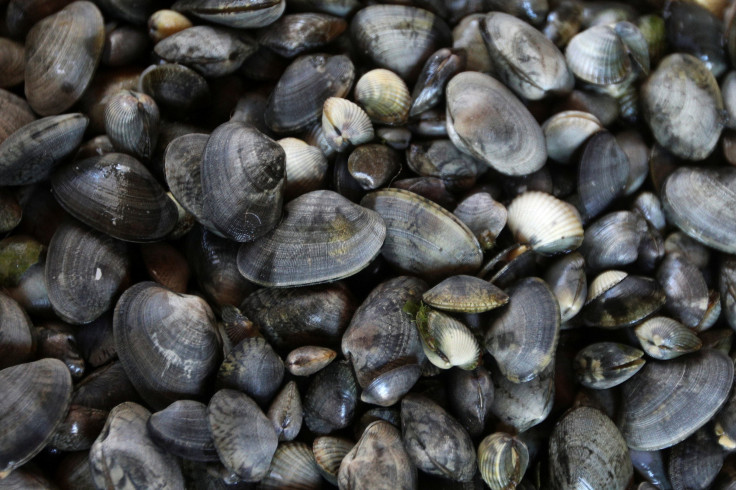Contagious Cancer Spreads From One Species To Another In Clams, Study Finds
KEY POINTS
- Some animals can develop transmissible cancers
- Researchers confirm that contagious cancer can spread between clam species
- This can be a threat to marine ecology, the researchers said
A type of contagious blood cancer has spread from one clam species to another in the Atlantic Ocean and the Mediterranean Sea, a new study has found. Human activity may have unintentionally contributed to the spread.
Cancers "rarely" spread from one individual to another, noted the researchers of a study, published Tuesday in eLife. However, there are some "rare" instances wherein it does. Such cases have been observed in creatures such as dogs and clams. A type of contagious cancer is even said to be among the "greatest current threats" to Tasmanian devils.
These cancers typically spread among the same species, eLife noted in a news release. However, among marine bivalves, a type of transmissible cancers, known as hemic neoplasias (HN), have "demonstrated the ability to infect individuals from different species," the researchers said.
"We set out to confirm whether a leukemia-like blood cancer found in some bivalves also infects Venus verrucosa, otherwise known as warty venus clams that are found in the seas of southern Europe," study co-first author Daniel García-Souto, of the University of Santiago de Compostela (USC), Spain, said in the news release.
The researchers looked at 345 warty venus clams from coastal areas in Spain, Portugal, France, Croatia and Ireland. Clams in two regions in Spain showed signs of HN. Interestingly, these two populations were actually 1,000 nautical miles away from each other, researchers said.
When the team analyzed the genomes of the tumors from both populations, they found that the cancer cells did not originally develop in warty venus clams, but in a species known as striped venus clams. The two species live close to each other in the Mediterranean Sea. This suggests that the cancer started in the striped venus clams and then jumped to warty venus clam, the researchers noted.
Further analysis revealed that the cancer now only affect warty venus clams.
"These findings confirm that contagious cancers can jump between clam species, which could be threat to the marine environment," the researchers wrote. "The fact that the cancer was so similar in clams from the Atlantic coast and from the Mediterranean Sea, however, suggests that it may have emerged very recently, or that human activity helped it to spread from one place to another."
It's possible that shipping activities may have helped the cancer move "from one region to another," study co-first author Alicia Bruzos, of the Francis Crick Institute in London, said in the eLife news release. According to the researchers, if human activity is indeed a factor in the spread of the cancers, then it would also be possible to prevent its further spread through human intervention.
"Our work confirms that contagious cancers can jump between marine clam species," study senior author José Tubío, of USC, said in the news release. "As this may pose a potential threat to marine ecology, we need to keep studying and monitoring pathogens, including cancers, to help protect these species."

© Copyright IBTimes 2024. All rights reserved.






















